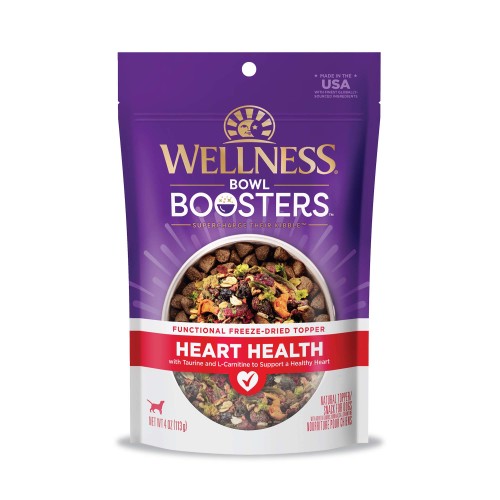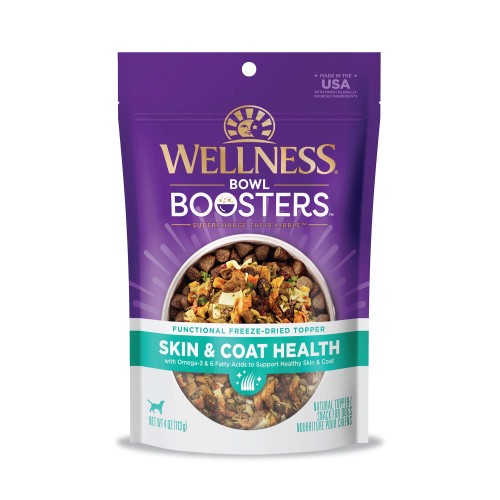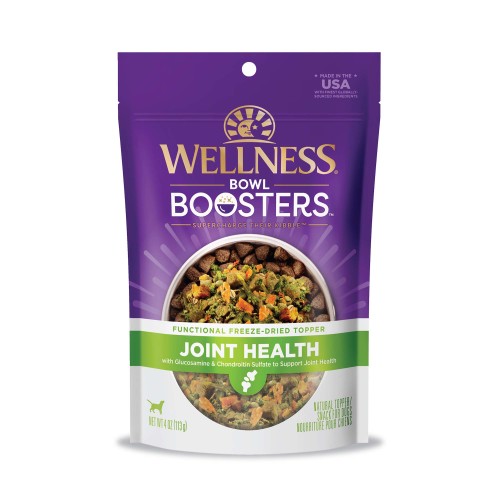July 31, 2023
Pet Hydration and Water Safety
As temperatures rise during the summer, paying extra attention to your furry friend’s hydration needs is crucial. Dogs and cats, just like humans, require proper hydration to stay healthy and active. In this article, we’ll explore the importance of canine and feline hydration and tips on water safety.
Proper Pet Hydration
How much water do dogs need? In general, dogs need about 1/10 to 1⁄4 cup of water per pound per day. This means a 20-pound dog would need about 2-5 cups of water per day, including the moisture they obtain from their food. Cats need about 1/10 to 1/8 cup of water per pound per day, including the moisture they obtain from their food. This means a 10-pound cat would need about 1-1 & 1⁄4 cups of water per day. The exact amount of water needed by dogs and cats can depend on various factors such as their size, age, activity level, diet, and the climate they live in. Fortunately, healthy dogs and cats will regulate their water intake based on their bodies’ needs as long as water is available. Thus, it is important to ensure that pet water containers are easily accessible to your pets.
As temperature rises, animals require increased water intake to stay adequately hydrated. Ample amounts of easily accessible fresh water should always be available at home. When pets are on the go, remember to bring water and containers for them. It is better to offer small, frequent amounts throughout the trip instead of encouraging them to drink a large amount of water at once. This practice becomes even more critical during exercise, where a water break every 15-20 minutes helps maintain proper hydration levels.
Another way to increase pet water intake is to offer foods that hydrate. Opting for diets with higher water content helps them easily meet their required daily water intake. This is especially helpful and important for cats since they tend not to drink as much water. Proper hydration is a key component to feline urinary health, as high-moisture food can help keep cat urine less concentrated to decrease the likelihood of crystal and stone formation. Wellness offers a variety of delicious and wholesome options that can help achieve this. The Wellness Homestyle Stews offer many combinations of meaty, gravy goodness for the canine that enjoys a soupy meal. For the felines, there are paté’s, gravies, minced, morsels, and other options to satisfy even the pickiest of cats. For the meat-lovers, there is the CORE 95% line that offers a single pure protein plus an antioxidant-rich superfood. If the dog and cats want to mix it up, Wellness Bowl Boosters offer different textures and flavors to keep them stay interested and hydrated.
Water Safety for Pets
Taking your pet to the waters can be a great way to beat the heat. While a lot of dogs (even some cats!) love playing in the water, there are some who don’t even like stepping out into the rain. For pet parents who have never taken their pets swimming, introducing them to water can be an exciting yet challenging experience. Here we offer some tips to make the process smooth and positive.
For pet pool safety, choose a calm and shallow area to introduce your pet to the water, such as a calm lake, or a pet-friendly pool. Allow your pet to approach the water at their own pace. Encourage them with treats and gentle encouragement, but never force them into the water. Let them sniff and explore the water’s edge to become familiar with it. Be sure to provide plenty of praise and reward for your pet when they explore the water, as positive reinforcement can help create a friendly and fun association with water. As your pet becomes more comfortable with water, consider using a leash or harness to provide a sense of security and prevent your pet from venturing too far into deep water. It can also help guide your pet gently if they need assistance or reassurance. Pet life jackets or flotation devices are also a good idea if there is potential for your dog or cat to venture into deeper water.
Every animal has their own pace when it comes to water acclimation. Be patient, avoid rushing the process, and offer continuous support, praise, and rewards for your pet’s positive progress. Remember, however, to always watch your pet closely when they are near or in the water. This holds true whether they are water novices or seasoned swimmers.
Proper hydration and pet water safety is crucial for your dog’s and cat’s overall health and well-being, especially during the summer months when temperatures rise. Remember to consult your veterinarian for personalized advice and address any specific concerns regarding your pet’s hydration needs and water- related activities. By ensuring your dog and cat stay hydrated and safe in the water, they can have fun and stay healthy through the summer season and beyond.





